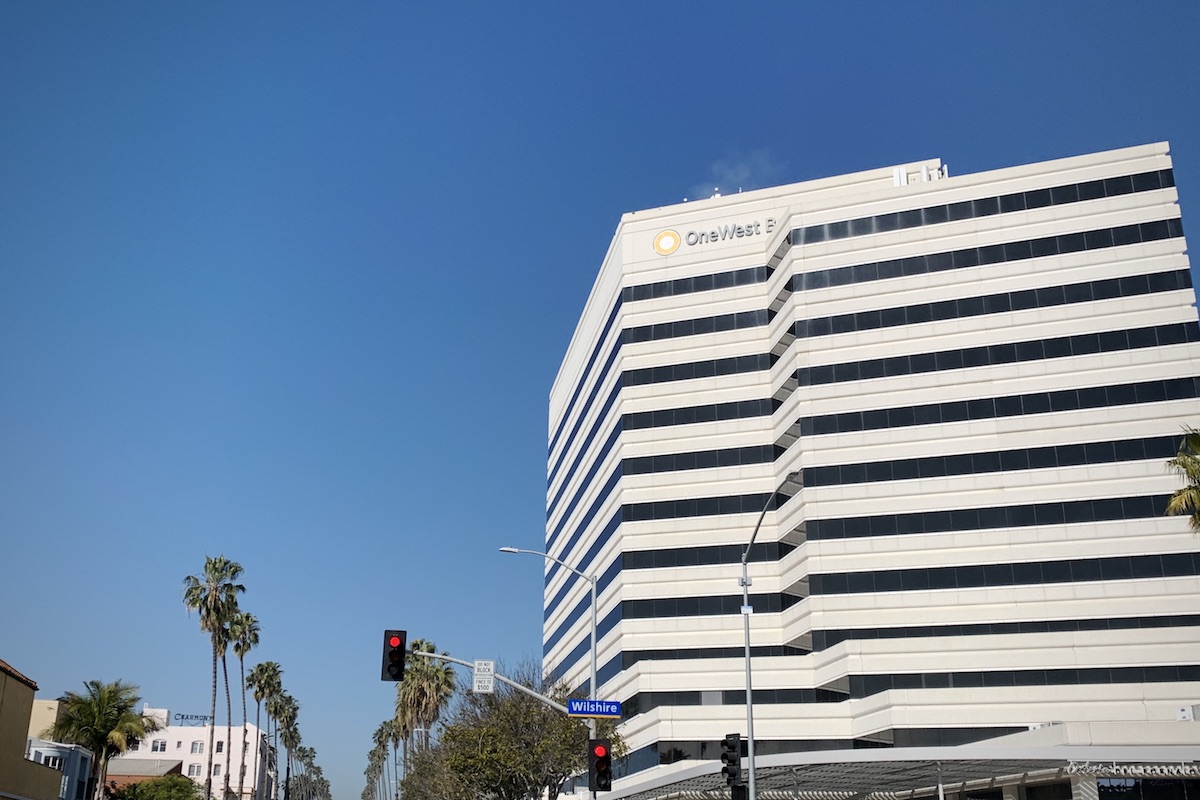For decades, Californians who use the most electricity have paid extra for that privilege, on the theory that high prices might provide an incentive for them to use less.
This system is designed to allow all ratepayers enough power for basic needs at very low prices, with the extra energy needed to run things like Jacuzzis and charge items like Tesla sedans coming at a premium price.
One typical Southern California Edison bill for the month of February showed up to 314 kilowatt hours costing just over 12 cents each, for a total of $40.06, while the top tier of that same bill had 135 kilowatt hours priced at almost 30 cents each, for a total of just over $50, about 25 percent more for only about 40 percent as much power included in the bottom tier.
Transmission costs for all rate categories were about 8.5 cents per kilowatt hour, meaning the difference in the cost of the energy itself was 17 cents between the first power used and the last, a difference of about 400 percent from the bottom tier to the top one.
This may be about to change, as the state Public Utilities Commission considers a proposal by Pacific Gas & Electric Co. to cut the number of payment tiers from four to two, a move that would likely raise the rates of low-usage customers. Yes, that’s the same PG&E indicted for criminal negligence in its fatal mismanagement of natural gas pipelines.
A further change, added to switches in raw pricing, would see discounts available to low-usage (read: poor) customers cut by as much as 20 percent from today’s levels. That’s one reason the current proposals are the very opposite of a Robin Hood plan that would take more from the rich, but rather have been called “robbing the hood.”
If approved for PG&E, it’s almost certain the same rate structure would be imposed soon after in the vast territories of Edison and San Diego Gas & Electric. Typically, systemic changes in utility regulation begin with PG&E and spread to the other companies less than a year later.
Some of this switch is prompted by complaints from electric users in the Central Valley and other high summer heat areas where air conditioning runs up electric bills. The current rate structure sees utilities charge high-use customers more for power than low users, regardless of where they live.
But it’s also quite likely driven by a 2012 legislative conference on Maui, where some lawmakers saw their expenses paid by corporations and/or labor unions.
Rate restructure was pushed there by meeting sponsors, who had great access to legislators of both major parties, including some members of both parties’ leadership. Disclosure documents showed lobbyists there discussed energy rate changes with Assembly Republican leader Connie Conway of Tulare and Republican Fresno area state Sen. Tom Berryhill, for two examples.
Editorialized one newspaper during the conference, “The elected officials…receive the free trips because of…their capacity to affect public policy.”
If the businesses and their union workers, users on average of far more power than almost any household, had even a slight influence on passage of last year’s AB 327, which enables some of the changes now being considered, a few plane tickets will have proven a superb investment for them.
PG&E, in pushing for the rate restructure, says it wants to make prices more sensitive to time of use, with power employed at night or in early morning hours cheaper than kilowatts used in the hottest, highest-use hours of the day.
That’s laudable, and has often been combined into the existing rate structure, which gives preference to small users. But it also could doom many poor, elderly Californians to heatstroke and worse if they can’t afford air conditioning.
If the PUC approves rates favoring big users over small ones, the folks calling this robbing the hood will be proven right. For it would be a classic reverse Robin Hood tactic, robbing the poor and rewarding the rich.













